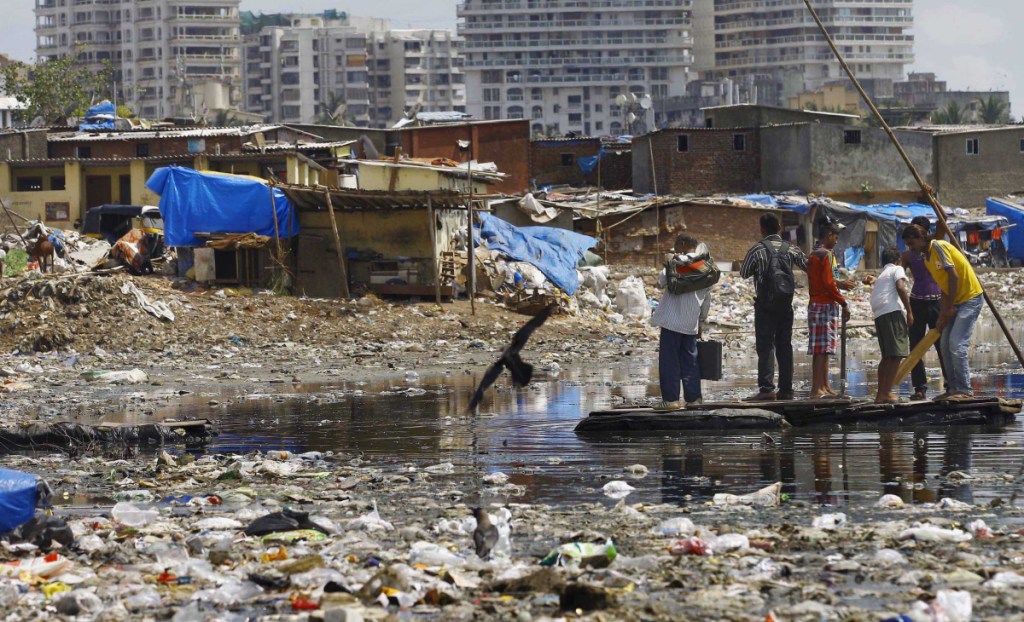Coral reefs are under assault by a growing threat: tons of floating plastic dumped into oceans by humans. It gets caught on reef branches, cutting corals and opening abrasions that expose them to disease.
A new study of more than 100,000 reef-building corals in the Asia-Pacific region found that plastic on reefs promotes “colonization by pathogens implicated in outbreaks of disease in the ocean.” The study, published Thursday in the journal Science, said the likelihood of disease skyrockets from 4 percent to nearly 90 percent when coral comes in contact with plastic.
“We estimate that 11.1 billion plastic items are entangled on coral reefs across the Asia-Pacific and project this number to increase 40 percent by 2025,” the authors said. “Plastic waste management is critical for reducing diseases that threaten ecosystem health and human livelihoods.”
Coral reefs are essential to people and wildlife for many reasons. In addition to sheltering untold numbers of baby fish and other marine life, they help provide food for more than 275 million people. Reefs are also buffers that protect coasts from storm surge during events such as hurricanes and are a source of billions of dollars in tourism income worldwide every year.
Corals’ economic benefits to fisheries, tourism and coastal protection amount to $375 billion in the United States alone, the study noted.
The threat of disease from plastic adds to numerous threats already faced by this valuable resource. Corals are experiencing bleaching events that sicken and kill them in warming waters from climate change. They are being slowly poisoned by chemicals in sunscreen that humans lather on before snorkeling to them. Acids from human-emitted carbon dioxide that the ocean absorbs is also breaking down coral. Even ravenous, predatory sea stars, also known as starfish, prey on them.
But the growing presence of plastic in the world’s oceans could make the problems exponentially worse. A 2016 report by the World Economic Forum projected that there will be more plastic in the ocean than fish by midcentury. About a third of all plastics produced – estimated at 8 million metric tons per year – slips past waste-collection systems and ends up in the sea and often in the stomachs of birds that mistake it for food.
In the new study, researchers from Cornell University, the University of Washington, the Hawaii Institute of Marine Biology, the National Oceanic and Atmospheric Administration, James Cook University in Queensland, Australia, and science institutes in Indonesia and Thailand found plastic on a third of the coral reefs they surveyed.
“The presence of plastic was associated with a 20-fold increased risk of disease in general, particularly skeletal eroding band disease, white syndromes and black band disease,” the researchers said. Reefs near Indonesia had the highest concentration of plastic trash and Australian reefs the lowest. It appeared to be no coincidence that Australia has a superior waste removal system.
Plastic’s contribution to the disease on coral reefs is a fairly new discovery. How it happens “remains to be investigated,” the study said.
Send questions/comments to the editors.



Success. Please wait for the page to reload. If the page does not reload within 5 seconds, please refresh the page.
Enter your email and password to access comments.
Hi, to comment on stories you must . This profile is in addition to your subscription and website login.
Already have a commenting profile? .
Invalid username/password.
Please check your email to confirm and complete your registration.
Only subscribers are eligible to post comments. Please subscribe or login first for digital access. Here’s why.
Use the form below to reset your password. When you've submitted your account email, we will send an email with a reset code.